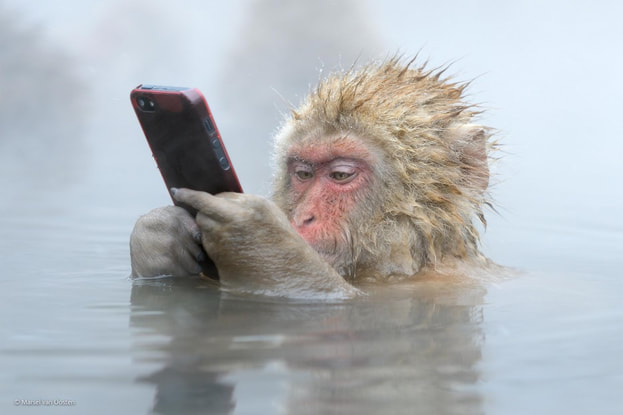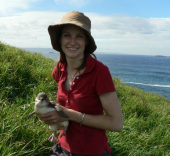 Photo: Lydia D'moch Photo: Lydia D'moch After a bit of deliberation over what to write in this post, it was solved for me when I received the e-newsletter from The Cornell Lab of Ornithology. If you have never heard of The Cornell Lab of Ornithology I suggest you visit their page. Especially if you live in America. But warning, you could be there for a while... there is so much information and lots of fun things to look at. In the newsletter I saw that the Funky nests in funky places 2014 winners had been announced. I couldn't resist looking! This is a great competition open to the public, who submit gorgeous photos of birds nesting in unusual places. You don't have to be a professional photographer or ornithologist to enter but the standards seem pretty high. This gorgeous photo on the left is an Anna's hummingbird that built its nest on a antique chandelier, on someones porch. It wasn't the winner of the competition (for that you'll have to go to the website) but it was definitely my personal favourite. The Cornell Lab do everything very well, they are well and truly world leaders. In particular I love the way they do citizen science. According to their website more than 200,000 people contribute to their projects annually. Can you imagine the power of that data for recording long term trends in bird numbers, migration patterns and habitat use just to name a few. As far as I know there just isn't a resource like that in Australia. Although there are local birding groups across Australia that keep this kind of data, I worry that it often gets lost. Most scientists probably don't even know it exists. Don't get me wrong there are some very good people doing some very good work, ebirders are active here and the Atlas of Living Australia (ALA) is definitely taking leaps in the right direction. The ALA allows you to either submit sightings of species to the general database or contribute to a specific project (e.g. Koala counts or backyard bird surveys). One of the main benefits of CS for researchers is the large amount of data that can be collected over large spacial and temporal scales for very little cost. So if I think its so amazing why don't I use citizen science (CS)? Unfortunately its not suitable for all research. My current work is on animal behaviour and to make comparisons between individuals or groups I need consistency in observers and I need to closely monitor the information collected. I also work quite remote region of Australia, while CS lends itself more to projects people can do close to where they live or even in their own backyards. CS projects also require a very specific type of scientist or often team of scientist to manage them. These scientists are very good at managing huge (and I mean enormous) databases and more importantly know how to analyses the data (something I still find daunting). Ideally these projects are carefully and thoughtfully designed so that reliable data can be collected by just about anyone. This may limit the kind of work that can be done but also means that the data can always be used. From where I sit there is one major challenge with CS data that is submitted ad lib, that is data such as bird sightings that people can submit as they choose. I am sure the scientists that are good at this stats things are able to control for this but, as a birder myself, I feel that common species are usually under represented in these. For example if you look at a small area around where my parents live, you would think that you had just as good a chance of seeing a green catbird as an Indian myna. There is one record of each, in fact they were submitted by the same person, on the same day. If you look at a wider circle you find 19 catbirds but still one myna. Now sadly I have not seen a catbird up there but often come across mynas. On the flip side the area around where I live is pretty well covered thanks to the Canberra Ornithologists Group. The moral of this story might be that I need to get off my butt and submit some records myself!  'Facebook Update' by Marsel van Oosten 'Facebook Update' by Marsel van Oosten On a slightly different note, just as important as CS is anything that encourages people to think about wildlife. In our busy city lives it is often easy to forget that there is an amazing world out there. There are more types of habitats and animals to fill them than you could ever imagine. Many that science does even know about yet. I really love the Wildlife photographer of the year exhibition for this, and I usually try catch it in Sydney with some like-minded friends. Unfortunately this hasn't happened the last couple of years but I still catch the images floating around the internet. These photos allow us sneak peaks in to the worlds of the animals featured in them and often help us see how our lives and in particular our choices, affect their lives in ways we never consider.
0 Comments
Your comment will be posted after it is approved.
Leave a Reply. |
AuthorAt work and at play my life revolves around our amazing wildlife. In particular I am passionate about birds and am very bad at regular blog posts. Archives
July 2020
Categories |

 RSS Feed
RSS Feed
